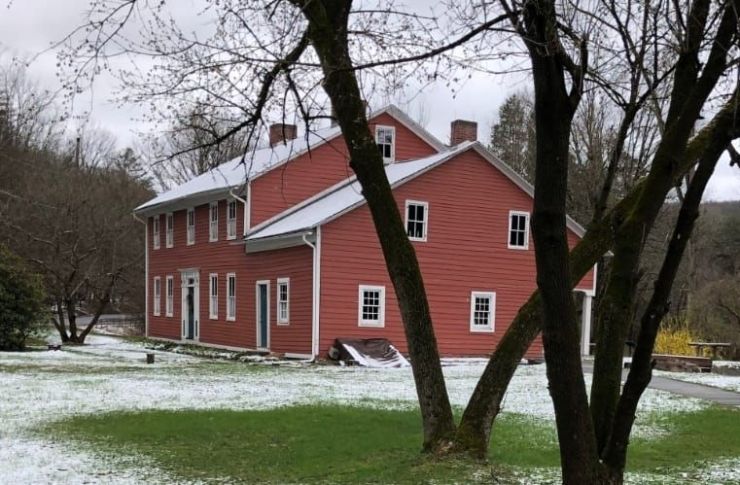Wayne County Root Cellars

This page was one month of the calendar and was made possible through the Wayne County Commissioners and a Tourism Promotion Committee’s Tourism Grant.
Navigation



News and Events


This page was one month of the calendar and was made possible through the Wayne County Commissioners and a Tourism Promotion Committee’s Tourism Grant.



